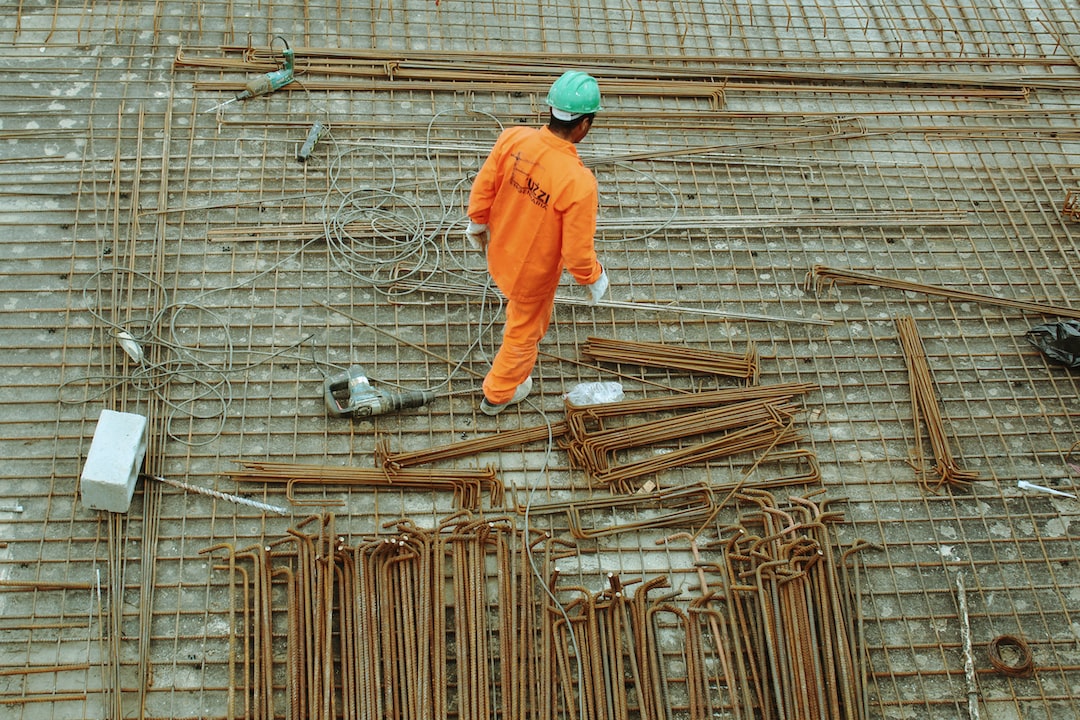Breaking Down the Basics of Structural Engineering
Structural engineering is a fascinating field that plays a crucial role in the construction industry. These professionals are responsible for designing and analyzing structures to ensure they are safe, functional, and can withstand various loads and environmental conditions. In this blog post, we will explore some of the basics of structural engineering and its importance in the world of construction.
What is Structural Engineering?
Structural engineering involves the design, analysis, and construction of structures such as buildings, bridges, dams, and towers. It is a branch of civil engineering that focuses on the stability, strength, and rigidity of these structures. Structural engineers work closely with architects to turn their concepts into physical structures that meet safety standards and building codes.
Analyze and Calculate Loads
One of the primary responsibilities of a structural engineer is to analyze and calculate the loads that a structure will experience during its lifespan. These loads can include dead loads (the weight of the structure itself), live loads (the weight of occupants and furniture), wind loads, seismic loads, and snow loads. By determining the magnitude and location of these loads, engineers can design the structure accordingly, ensuring it can safely support them.
Design Structures for Strength and Stability
Once the loads are known, structural engineers use their knowledge of materials and structural mechanics to design structures that can withstand these forces. They consider factors such as the strength of building materials, the arrangement of structural elements, and the use of reinforcements like steel or concrete. By incorporating these elements, engineers can create a structure that is structurally sound and stable.
Use Computer-Aided Design (CAD) Software
In today’s technological era, structural engineers heavily rely on computer-aided design (CAD) software to develop their designs. CAD software allows engineers to create detailed 2D and 3D models of structures, analyze their behavior under different loads, and make necessary modifications before construction begins. This technology has significantly improved the efficiency and accuracy of structural engineering designs.
Ensure Safety and Compliance with Building Codes
Safety is of utmost importance in structural engineering. Structural engineers must ensure that their designs meet all relevant safety standards and building codes. These regulations are in place to protect the public and ensure that structures are built to withstand various environmental conditions and potential hazards. Structural engineers carefully consider factors such as fire resistance, accessibility, and durability when creating their designs.
Collaborate with Architects and Construction Teams
Structural engineers work closely with architects and construction teams throughout the building process. They collaborate with architects to understand the design vision and translate it into practical structural solutions. They also provide technical advice to construction teams during construction, ensuring that the project is carried out correctly and safely. Effective communication and collaboration are crucial for successful construction projects.
Continual Learning and Professional Development
Structural engineering is a dynamic field that requires continuous learning and professional development. Engineers must stay up-to-date with the latest building codes, construction techniques, and materials. They attend seminars, conferences, and workshops to enhance their skills and knowledge. By keeping abreast of industry advancements, structural engineers are better equipped to tackle new challenges and deliver innovative solutions.
In conclusion, structural engineering is an essential branch of civil engineering that focuses on the design, analysis, and construction of structures. Structural engineers play a vital role in ensuring the safety, functionality, and stability of buildings, bridges, and other structures. With advancements in technology and continual professional development, structural engineering continues to evolve and shape the world we live in.

